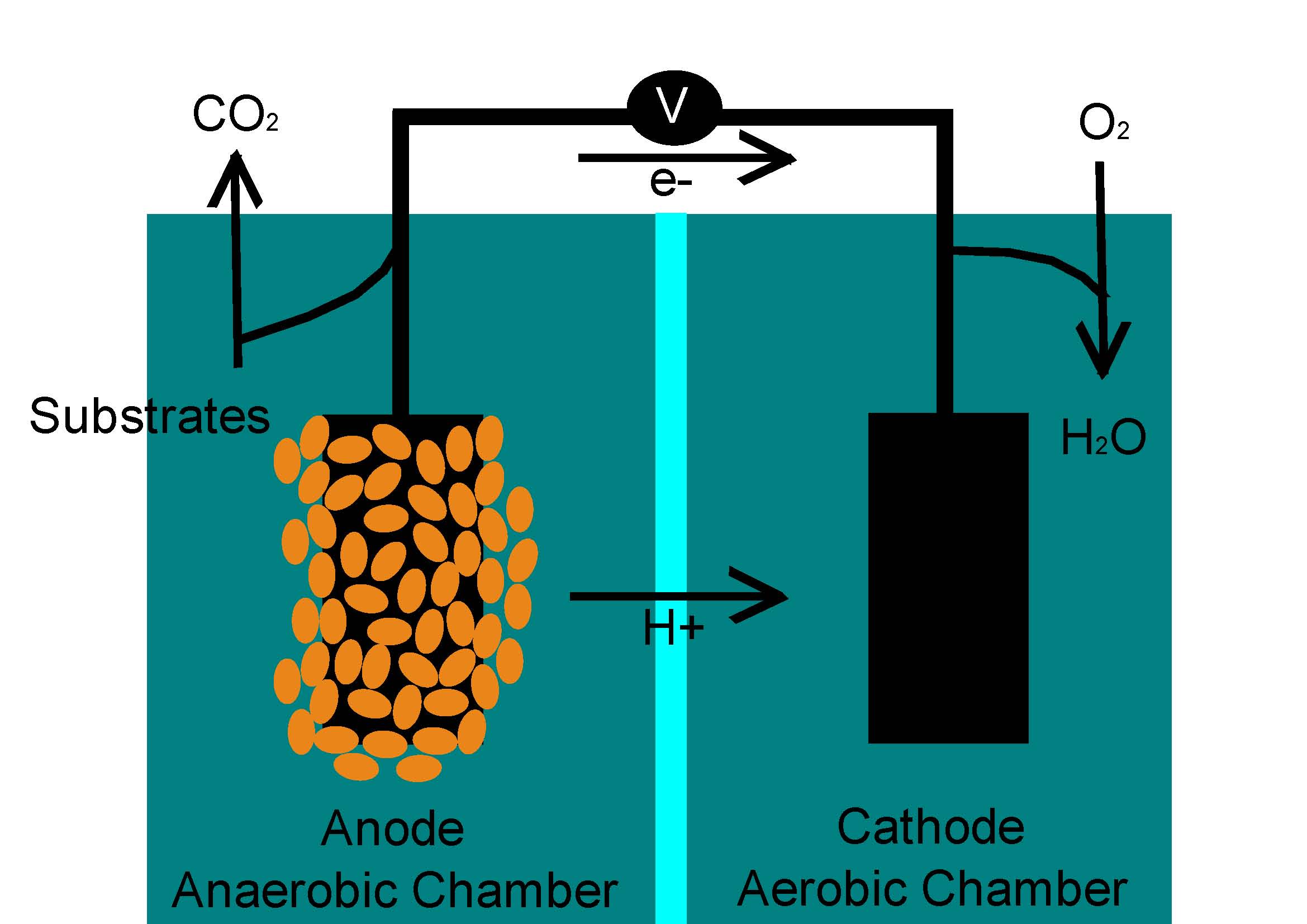How AI is supercharging plant immunity to fight deadly bacteria – ScienceDaily

Report on AI-Enhanced Crop Disease Resistance and its Contribution to Sustainable Development Goals
Executive Summary
A study published in Nature Plants details a significant advancement in plant pathology by researchers at the University of California, Davis. By leveraging artificial intelligence (AI), specifically the AlphaFold tool, scientists have successfully re-engineered a plant’s immune receptor, FLS2, to recognize a broader range of bacterial pathogens. This innovation presents a targeted and precise method for developing broad-spectrum disease resistance in critical food crops, directly supporting the achievement of several United Nations Sustainable Development Goals (SDGs), most notably SDG 2 (Zero Hunger).
Methodology and Technological Innovation
The research addresses the evolutionary “arms race” between plants and bacteria, where pathogens alter their proteins to evade detection by the plant’s immune system. The methodology represents a significant step forward in agricultural science and aligns with SDG 9 (Industry, Innovation, and Infrastructure).
- Immune System Context: Plants utilize immune receptors like FLS2 to detect bacterial proteins, such as flagellin, and initiate a defensive response. Pathogens evolve to alter these proteins, rendering the receptors ineffective.
- AI-Powered Predictive Design: The research team employed AlphaFold, an AI tool, to predict the three-dimensional structures of proteins. By comparing effective receptors with those that pathogens had overcome, they identified the specific amino acids crucial for recognition.
- Receptor Engineering: This predictive insight allowed for the precise re-engineering of the FLS2 receptor, effectively “resurrecting” its ability to detect evolved pathogens and enabling the plant to resist infection.
Implications for Sustainable Development Goals
The development of crops with enhanced, durable disease resistance has profound implications for global sustainability efforts. The project’s outcomes are directly aligned with the following SDGs:
- SDG 2: Zero Hunger: This research is fundamental to achieving food security and promoting sustainable agriculture.
- By creating resistance to pathogens like Ralstonia solanacearum, which affects over 200 species including staple crops like tomatoes and potatoes, the technology can significantly reduce crop loss and bolster global food supplies.
- It enhances agricultural productivity and resilience, which are key targets for ending hunger.
- SDG 9: Industry, Innovation, and Infrastructure: The study is a prime example of fostering innovation for sustainable development.
- It demonstrates the successful application of advanced AI and machine learning to solve a critical challenge in agriculture.
- This approach promotes scientific research and upgrades the technological capabilities of the agricultural sector.
- SDG 12: Responsible Consumption and Production: Reducing food loss at the production stage is a core component of this goal.
- Preventing crop failure due to disease ensures more efficient use of land, water, and energy resources, contributing to sustainable production patterns.
- Minimizing pre-harvest losses helps secure food chains and reduces waste.
Future Directions and Broader Impact
The research team is focused on expanding the application and efficiency of this technology to further support global food security and sustainable agricultural systems. Key future objectives include:
- Developing advanced machine learning tools to predict other immune receptors suitable for editing.
- Refining the engineering process to reduce the number of amino acid modifications required for enhanced immunity.
- Extending this predictive design strategy to a wider array of immune receptors and crop species to combat a larger spectrum of plant diseases.
This approach opens a new frontier for creating resilient crops, safeguarding food production against major threats, and making a substantial contribution to a sustainable and food-secure future.
Sustainable Development Goals (SDGs) Addressed in the Article
SDG 2: Zero Hunger
- The article directly addresses food security by focusing on research to protect “staple crops like tomato and potato” from “devastating diseases” such as bacterial wilt. Enhancing crop resilience against major threats is fundamental to ensuring a stable and sufficient food supply, which is the core mission of SDG 2. The development of “broad-spectrum disease resistance” aims to make agriculture more productive and sustainable.
SDG 9: Industry, Innovation, and Infrastructure
- The research highlighted in the article is a prime example of technological innovation being applied to a critical sector. The use of “artificial intelligence,” specifically “AlphaFold,” and the development of “machine learning tools” to re-engineer plant immune receptors represent cutting-edge scientific research aimed at solving real-world problems. This aligns with SDG 9’s goal to foster innovation and upgrade technological capabilities.
Specific Targets Identified
-
Target 2.1: End hunger and ensure access to safe, nutritious and sufficient food all year round.
The research aims to prevent crop loss in staple foods like tomatoes and potatoes, which directly contributes to maintaining a stable and sufficient food supply, helping to ensure food security.
-
Target 2.3: Double the agricultural productivity and incomes of small-scale food producers.
By creating crops resistant to widespread diseases like bacterial wilt, which can infect over 200 plant species, the technology has the potential to significantly reduce crop failure and thereby increase agricultural productivity for all farmers growing these staples.
-
Target 2.4: Ensure sustainable food production systems and implement resilient agricultural practices.
The article’s focus on creating inherent “broad-spectrum disease resistance” in plants is a move towards more resilient agriculture. This biological enhancement can reduce the need for external chemical treatments, promoting a more sustainable food production system that is better equipped to handle biological threats.
-
Target 2.a: Increase investment, including through enhanced international cooperation, in rural infrastructure, agricultural research and extension services, technology development and plant and livestock gene banks.
The article explicitly states that the research was “supported by… the United States Department of Agriculture’s National Institute for Food and Agriculture,” which is a direct example of investment in agricultural research and technology development as called for by this target.
-
Target 9.5: Enhance scientific research, upgrade the technological capabilities of industrial sectors in all countries, in particular developing countries, including, by 2030, encouraging innovation.
The entire study is an exercise in enhancing scientific research. The use of AI and predictive design to “resurrect a defeated receptor” and “enable the plant to have a chance to resist infection” is a clear example of encouraging innovation to upgrade technology in the agricultural sector.
Indicators for Measuring Progress
-
Mentioned Indicator: Investment in agricultural research.
The article explicitly mentions that the research was funded by the “United States Department of Agriculture’s National Institute for Food and Agriculture.” This serves as a direct indicator of government financial support for agricultural research, which aligns with Indicator 2.a.1 (The agriculture orientation index for government expenditures).
-
Implied Indicator: Reduction in crop losses.
The goal of the research is to protect crops from “devastating diseases” and a “major crop threat.” The success of this technology would be measured by a quantifiable reduction in crop loss due to bacterial pathogens like Ralstonia solanacearum in staple crops. This relates to indicators measuring agricultural yield and productivity (e.g., Indicator 2.3.1).
-
Implied Indicator: Development and adoption of resilient crop varieties.
The article discusses a new approach to “developing broad-spectrum disease resistance in crops.” A key indicator of progress would be the number of new, resilient crop varieties developed and made available to farmers using this AI-driven predictive design method.
Summary Table of SDGs, Targets, and Indicators
| SDGs | Targets | Indicators |
|---|---|---|
| SDG 2: Zero Hunger |
2.1: End hunger and ensure access to food.
2.3: Double agricultural productivity. 2.4: Ensure sustainable and resilient agricultural practices. 2.a: Increase investment in agricultural research. |
Implied: Reduction in crop loss from diseases like bacterial wilt.
Implied: Increased yield of staple crops (tomatoes, potatoes). Implied: Number of resilient crop varieties developed. Mentioned: Funding from the United States Department of Agriculture’s National Institute for Food and Agriculture. |
| SDG 9: Industry, Innovation, and Infrastructure | 9.5: Enhance scientific research and encourage innovation. | Implied: Development of new technologies (AI, machine learning) for crop protection. |
Source: sciencedaily.com

What is Your Reaction?
 Like
0
Like
0
 Dislike
0
Dislike
0
 Love
0
Love
0
 Funny
0
Funny
0
 Angry
0
Angry
0
 Sad
0
Sad
0
 Wow
0
Wow
0



























;Resize=805#)


















































